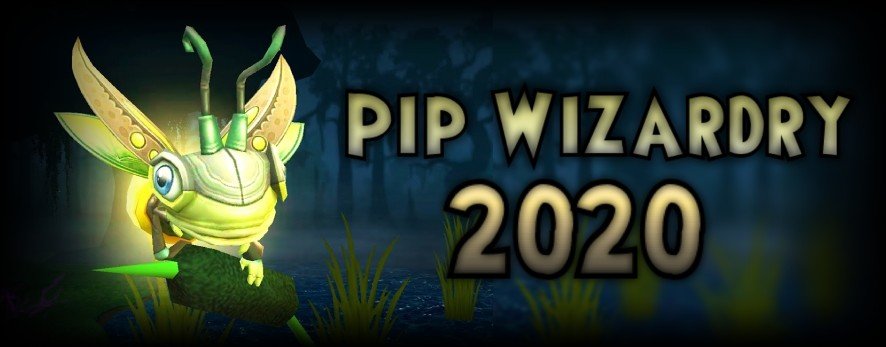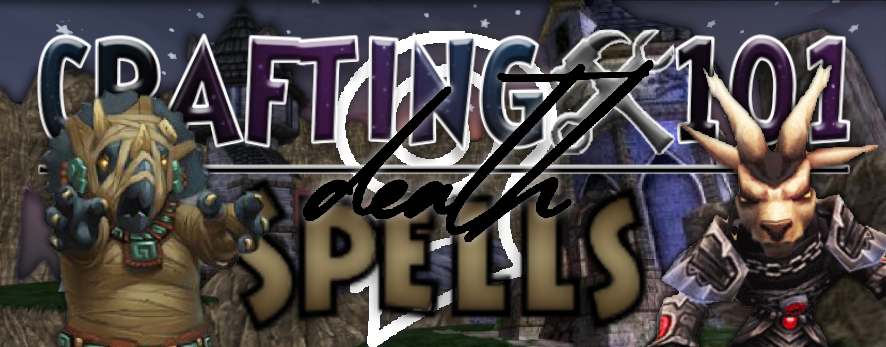Tag: death spells
-

Pip Wizardry 2020
•
Pip Wizardry 2020! Hello Wizards, this is Nathan Shadowbringer here to help you calculate the actual damage of spells per pip! This article will be updated if spell changes happen down the line. Eventually, I plan for this list to include even Loremaster and crafted spells. We will start with the highest…
-

Crafting101 – Death Spells
•
Welcome to the Death edition of my crafting series. I’ll walk you through the basics of crafting the Death spells in Wizard101. These are the spells dropped by Loremaster! Unfortunately, Headless Horseman will be omitted from this list. Maybe someday it’ll be a spell we can craft! Deer Knight and…